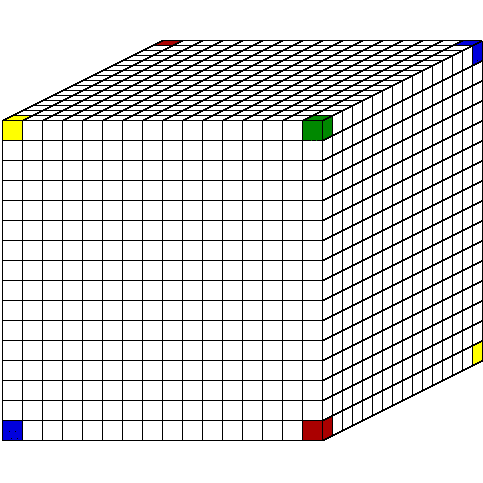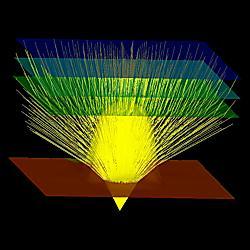STAPL is being refined and extended through the concurrent development of domain specific libraries for particle transport computations (computational physics), protein folding simulation (computational biology), and ray tracing (computational geometry). All these applications, like many problems in the physical and life sciences, make heavy use of dynamic linked data structures (e.g., graphs). STAPL provides built-in support for such irregular data structures.
Generic Particle Transport Code

The project focuses on the development of the desired discrete-ordinates transport solutions using the lowest possible wall-clock time on computational platforms of interest to the DOE's Accelerated Strategic Computing Initiative (ASCI).
Parallelizing Protein Folding
We obtained good speedups for parallelizing protein folding on multiple platforms, ranging from small linux clusters, to distributed shared memory machines, to massively parallel machines.
Scalable Parallelization of Sampling-Based Planning Algorithms
We have developed a scalable method for parallelizing sampling-based planning algorithms. The method subdivides configuration space (C-space) into regions and uses (sequential) sampling-based planners in each region.
Seismic Ray Tracing

Seismic Ray Tracing is often used to get information about the Earth's interior. It has its applications in a number of areas in Geosciences including oil exploration and quake fault analysis.
